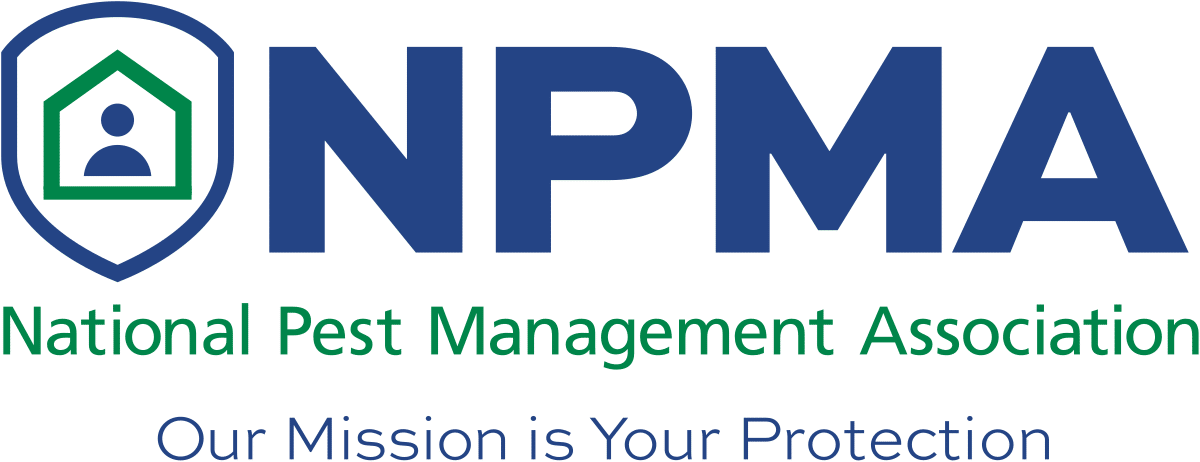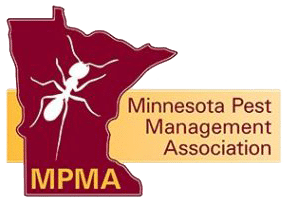The Twin Cities Pest Control Solution - Nobody Beats Our Service!
Family Owned and Operated Since 1986


The Twin Cities Pest Control Solution - Nobody Beats Our Service!
Family Owned and Operated Since 1986
How do you find the RIGHT Pest control company for your needs?
We are often asked by new prospective clients, “How do I know you will be able to solve my problem?” The answer can be found in the list below. We strive every day to be the best we can possibly be and to solve problems, no matter how difficult. To do this requires skill, experience and technicians that are good problem solvers. When you pick a company to do a pest control service, no matter which company you choose, use the following suggestions as a guide in your decision.
Fill out the form and receive your free quote today!
A PEST CONTROL COMPANY SHOULD BE:
- Trustworthy
- A member of their state and national associations
- Concerned for the environment
- Willing to provide an inspection at no charge to identify the problem
- Safety conscious
- Practicing Integrated Pest Management to minimize pesticide use
- Uniformed and identified
- Willing to do the detective work to solve your problem
- Willing to guarantee their work
- Satisfied only when you are
Environmental Pest Management considers this list it's mission statement and our commitment to all our customers
Services we offer

Residential Services
Multi-Family Services
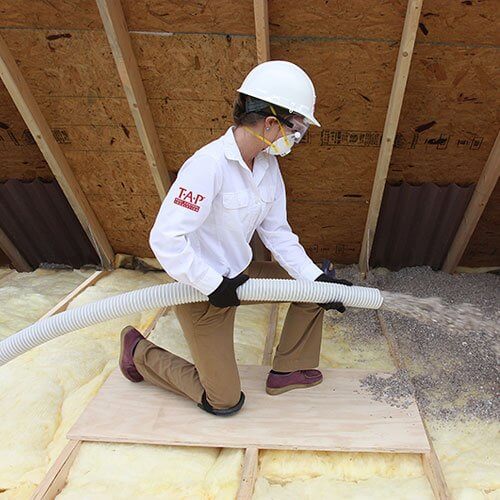
TAP Insulation
Local Pest Control Services For The Greater 5 County Metro Area
We serve Dakota, Hennepin, Ramsey, Washington and Anoka Counties. We also serve Carver, Scott, Rice, Lesueur, and Steele.
Latest News
Keep in the Know about Pest Control
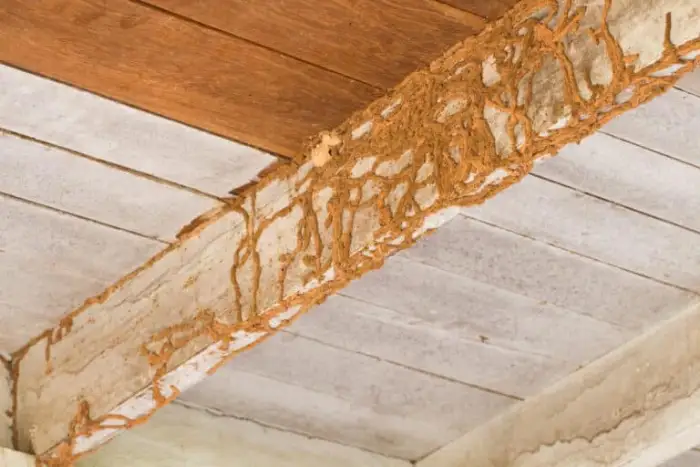
Termite Tubes: What They Look Like, Where You Can Find Them
Do you suspect that you have a termite infestation in your house? The best way to be sure is to look for termite tubes around
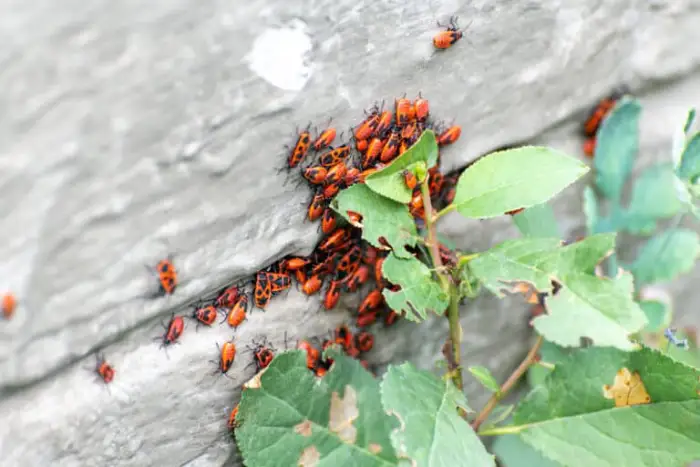
How to Get Rid of Chiggers: A Detailed Guide
Have you ever returned from a hike or a day in the woods with itchy red bumps? If so, you may have been bitten by
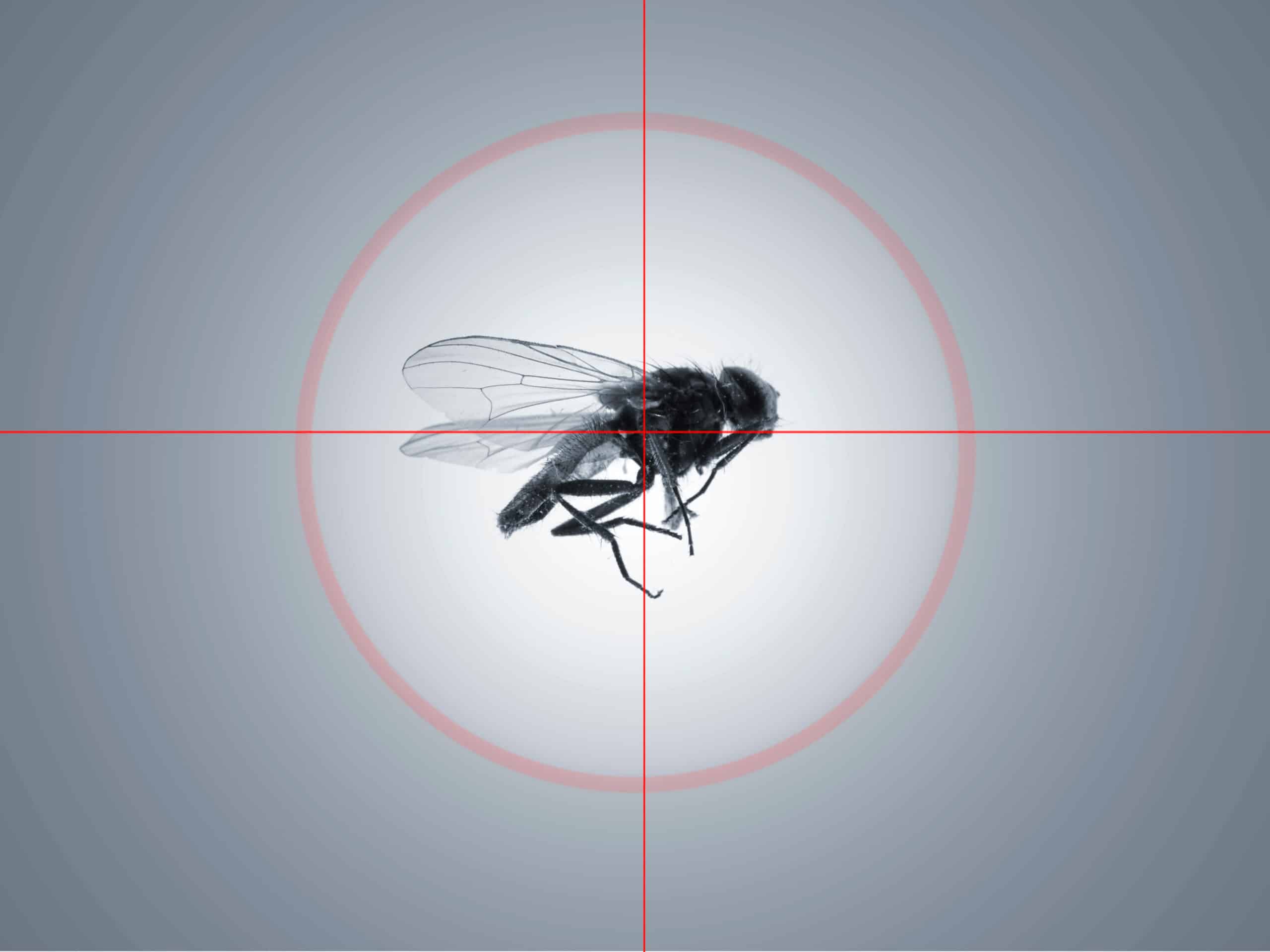
How to Protect Your Home From Flying Insects: Time-Tested Tips
Whether they’re harmless to humans or leave a painful bite, flying insects aren’t generally anyone’s cup of tea. They can start showing up in small
The Twin Cities Pest Control Solution - Nobody Beats Our Service!
Fill out the form and
receive your free quote today!
How do you find the RIGHT Pest control company for your needs?
We are often asked by new prospective clients, “How do I know you will be able to solve my problem?” The answer can be found in the list below. We strive every day to be the best we can possibly be and to solve problems, no matter how difficult. To do this requires skill, experience and technicians that are good problem solvers. When you pick a company to do a pest control service, no matter which company you choose, use the following suggestions as a guide in your decision.
A PEST CONTROL COMPANY SHOULD BE:
- Trustworthy
- A member of their state and national associations
- Concerned for the environment
- Willing to provide an inspection at no charge to identify the problem
- Safety conscious
- Practicing Integrated Pest Management to minimize pesticide use
- Uniformed and identified
- Willing to do the detective work to solve your problem
- Willing to guarantee their work
- Satisfied only when you are
Environmental Pest Management considers this list it's mission statement and our commitment to all our customers
Services we offer

Residential Services
All of our pest control programs for residential service are customized to the individual problem and needs with considerations for safety and budget.
Multi-Family Services
We treat pest issues from cockroaches, mice, rats, bed bugs and a host of varieties of flying and crawling insects and rodents. Let us help you protect your investment.
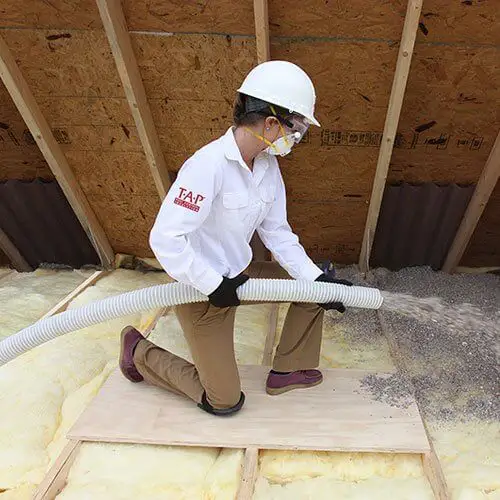
TAP Insulation
Natural fiber insulation treated with boric acid to produce environmentally-friendly, fire-retardant, thermally superior, sound- deadening, pest-controlling insulation.
Local Pest Control Services For The Greater 5 County Metro Area
We serve Dakota, Hennepin, Ramsey, Washington and Anoka Counties. We also serve Carver, Scott, Rice, Lesueur, and Steele.
Latest News
Keep in the Know about Pest Control

Termite Tubes: What They Look Like, Where You Can Find Them
Do you suspect that you have a termite infestation in your house? The best way to be sure is to look for termite tubes around

How to Get Rid of Chiggers: A Detailed Guide
Have you ever returned from a hike or a day in the woods with itchy red bumps? If so, you may have been bitten by

How to Protect Your Home From Flying Insects: Time-Tested Tips
Whether they’re harmless to humans or leave a painful bite, flying insects aren’t generally anyone’s cup of tea. They can start showing up in small







